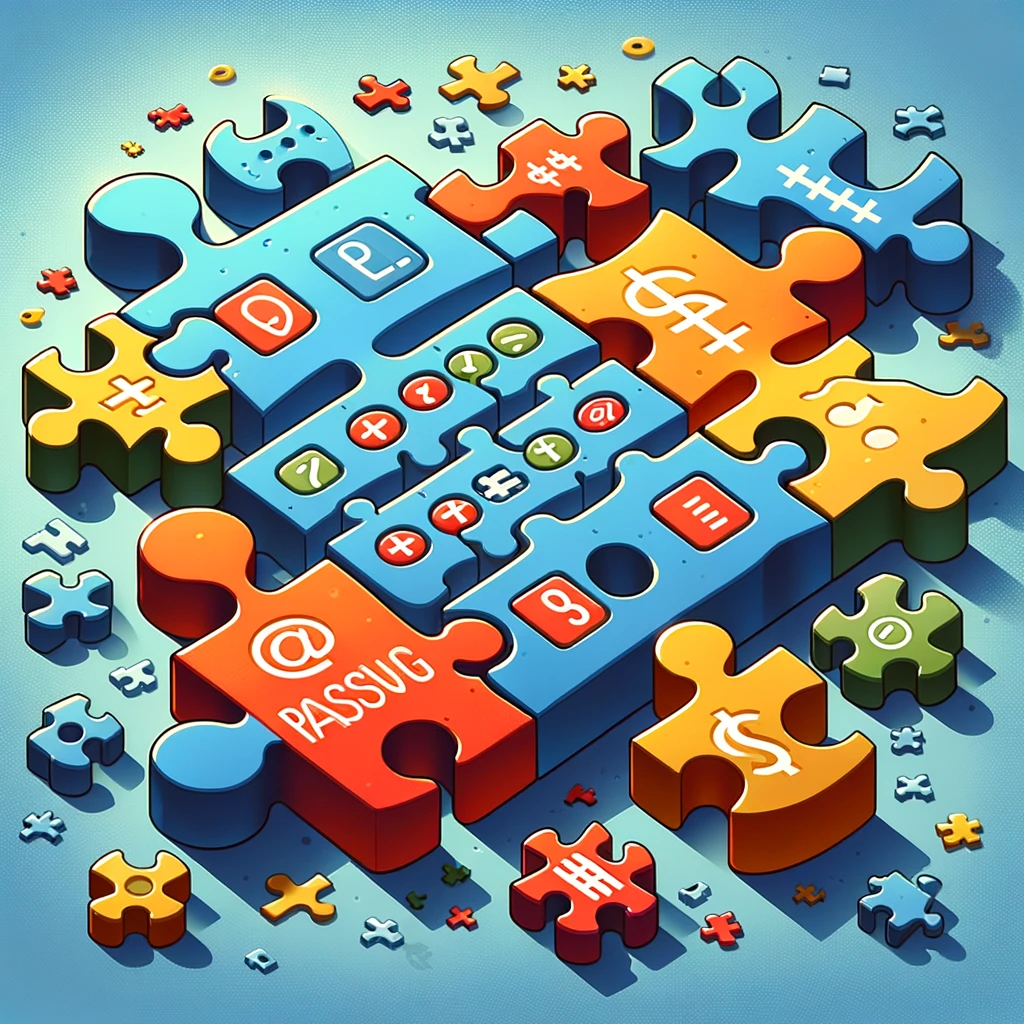2 Mei adalah Hari Kata Sandi Dunia - apa yang kita ketahui tentang kata sandi yang aman
World Password Day is the perfect opportunity to remind ourselves how important it is to create strong and secure passwords. Here are a few key principles that will help create a password that even the most determined hacker will have difficulty breaking:
Length and complexity: To make a password truly difficult to crack, it is recommended to use at least 16 characters. The more, the better. Include uppercase letters (A-Z), lowercase letters (a-z), numbers (0-9), and special characters such as @, #, $, %, &, *, (,), _, +.
Avoid personal information associations: Avoid using passwords that are easy to guess based on your personal data, such as names, birthdates, surnames, or addresses. Hackers often research their targets, so the less obvious the password, the better.
Avoid whole words: Using whole words, even less obvious ones, can be risky due to dictionary attacks, where hackers systematically try to break a password using complete words from dictionaries. To bypass this, you can mix letters with numbers and special characters inside words or use acronyms, shorthand, or randomly selected character combinations.
Use password phrases (passphrases): A very good way to create a strong and memorable password is to use a password phrase, which is a long sequence of words forming a sentence. For example, "My cat in 2023 eats 2 bananas!" is a strong password that combines different types of characters and is long, but at the same time easy to remember.
Frequent password changes: Regularly changing passwords, at least once every few months, can help protect against potential threats arising from data breaches. However, due to practical difficulties, more and more experts recommend using very strong passwords and changing them only if a security breach is detected.
Use additional security measures: In addition to a strong password, consider using other forms of authentication, such as two-factor authentication (2FA), which requires entering an additional code generated by an app or sent via SMS after entering the password.
Following these rules not only significantly increases the security of your online accounts, but also minimizes the risk of your personal data being compromised.
History of the first password: The first use of passwords in a way similar to today's occurred in ancient Rome. Passwords were used by guards to verify the identity of people trying to enter military camps at night. The guard would call for the password, and the person had to answer correctly to gain access.
Despite this historical use, the true digital era of passwords began in the 1960s, when Fernando Corbató introduced the use of passwords in the CTSS (Compatible Time-Sharing System) at MIT. This was necessary to ensure privacy and security of information stored on shared computers. This solution quickly became a standard in computer security systems.
By remembering these principles and their historical roots, we can better protect our digital identity and information.
World Password Day is the perfect opportunity to remind ourselves how important it is to create strong and secure passwords. Here are a few key principles that will help create a password that even the most determined hacker will have difficulty breaking:
Length and complexity: To make a password truly difficult to crack, it is recommended to use at least 16 characters. The more, the better. Include uppercase letters (A-Z), lowercase letters (a-z), numbers (0-9), and special characters such as @, #, $, %, &, *, (,), _, +.
Avoid personal information associations: Avoid using passwords that are easy to guess based on your personal data, such as names, birthdates, surnames, or addresses. Hackers often research their targets, so the less obvious the password, the better.
Avoid whole words: Using whole words, even less obvious ones, can be risky due to dictionary attacks, where hackers systematically try to break a password using complete words from dictionaries. To bypass this, you can mix letters with numbers and special characters inside words or use acronyms, shorthand, or randomly selected character combinations.
Use password phrases (passphrases): A very good way to create a strong and memorable password is to use a password phrase, which is a long sequence of words forming a sentence. For example, "My cat in 2023 eats 2 bananas!" is a strong password that combines different types of characters and is long, but at the same time easy to remember.
Frequent password changes: Regularly changing passwords, at least once every few months, can help protect against potential threats arising from data breaches. However, due to practical difficulties, more and more experts recommend using very strong passwords and changing them only if a security breach is detected.
Use additional security measures: In addition to a strong password, consider using other forms of authentication, such as two-factor authentication (2FA), which requires entering an additional code generated by an app or sent via SMS after entering the password.
Following these rules not only significantly increases the security of your online accounts, but also minimizes the risk of your personal data being compromised.
History of the first password: The first use of passwords in a way similar to today's occurred in ancient Rome. Passwords were used by guards to verify the identity of people trying to enter military camps at night. The guard would call for the password, and the person had to answer correctly to gain access.
Despite this historical use, the true digital era of passwords began in the 1960s, when Fernando Corbató introduced the use of passwords in the CTSS (Compatible Time-Sharing System) at MIT. This was necessary to ensure privacy and security of information stored on shared computers. This solution quickly became a standard in computer security systems.
By remembering these principles and their historical roots, we can better protect our digital identity and information.


2 users upvote it!
0 answers
